"The impact analysis of the collision and risk assessment are underway. To ensure the safety of the astronauts and the success of the mission, we have decided to postpone the return flight of the Shenzhou-20 crew," CMSA said on Wednesday.
According to the original plan, Shenzhou-20 was to land in northern China on November 5. Currently, CMSA has not announced a new schedule for the return mission after the above incident. This is the first time China has had to postpone the return trip for this reason.
The Shenzhou-20 spacecraft is part of a program to send three Chinese astronauts to the Tiangong station for six months to carry out maintenance and research missions.
.png)
According to safety procedures, if Shenzhou-20 is severely damaged and cannot be repaired on the station, Shenzhou-21 will be used to bring the astronauts back.
While the delay is likely to be temporary, experts are still concerned about the risk of being stranded in space - something that happened last year when two NASA astronauts had to stay at the International Space Station for an extra nine months due to technical problems on the Boeing Starliner.
The incident highlights the growing danger posed by space junk – fragments of defunct rockets, satellites or spacecraft floating hundreds of miles above Earth. These objects can collide with active spacecraft, causing serious damage.
The rapid increase in space debris has prompted international calls for space traffic management, with Chinese President Xi Jinping proposing a joint “space debris observation center” between China and Arab states.
A UN panel of experts also recommended the creation of a global database of orbital objects and an international legal framework to monitor and mitigate collision risks.
In 2021, China filed a complaint with the United Nations, saying the Tiangong station had to twice dodge debris from SpaceX's Starlink satellites.
Source: https://congluan.vn/tau-than-chau-20-cua-trung-quoc-nghi-va-phai-rac-vu-tru-hoan-ngay-tro-ve-10316711.html












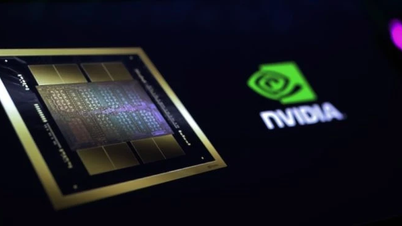











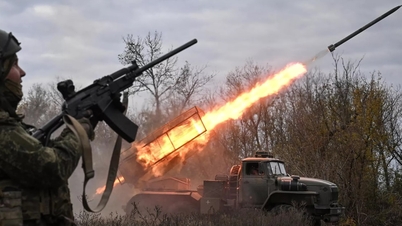




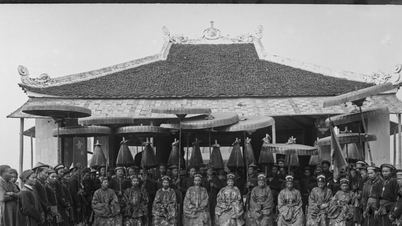


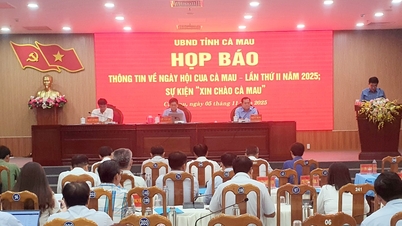



![[Photo] Opening of the 14th Conference of the 13th Party Central Committee](https://vphoto.vietnam.vn/thumb/1200x675/vietnam/resource/IMAGE/2025/11/05/1762310995216_a5-bnd-5742-5255-jpg.webp)










































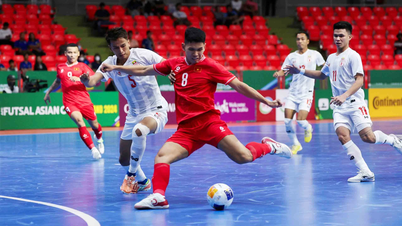









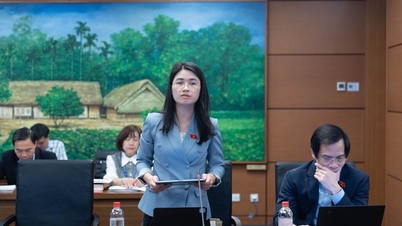

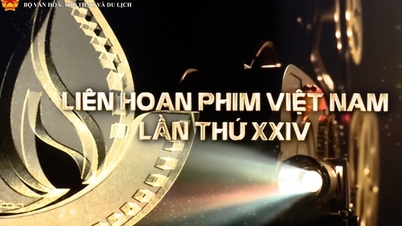
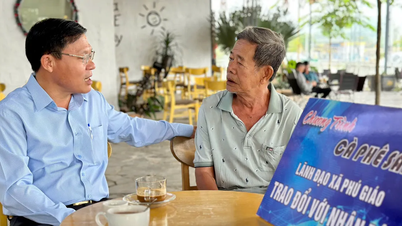




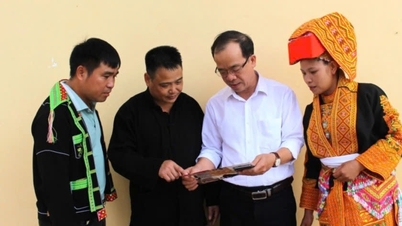
















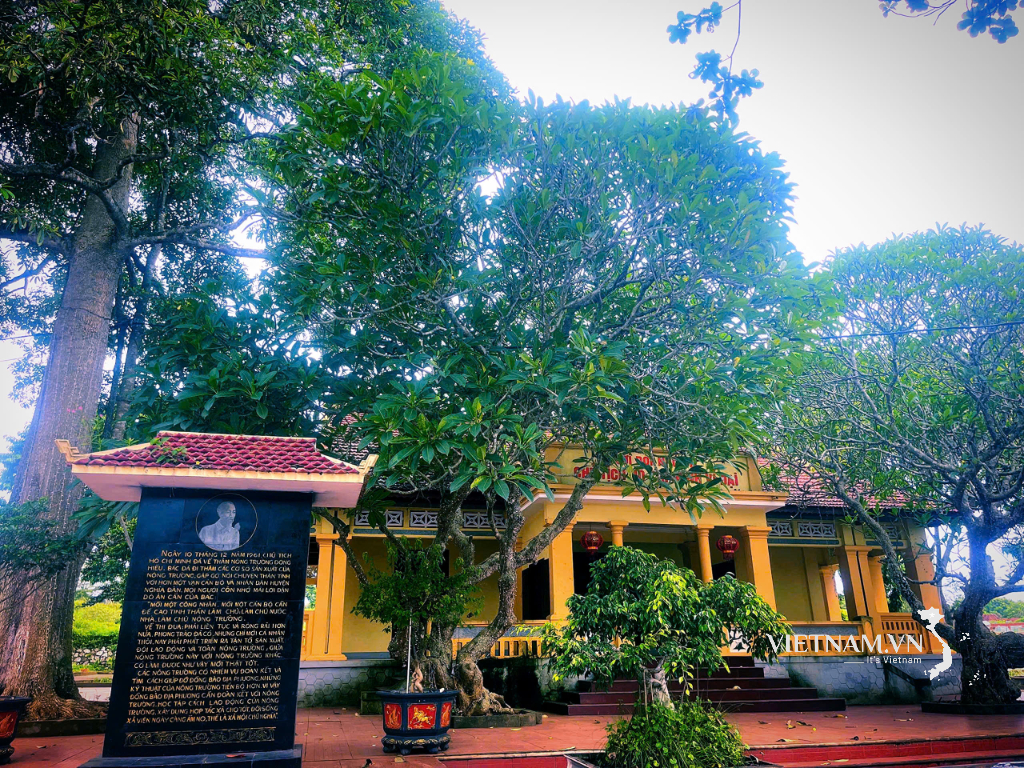


Comment (0)